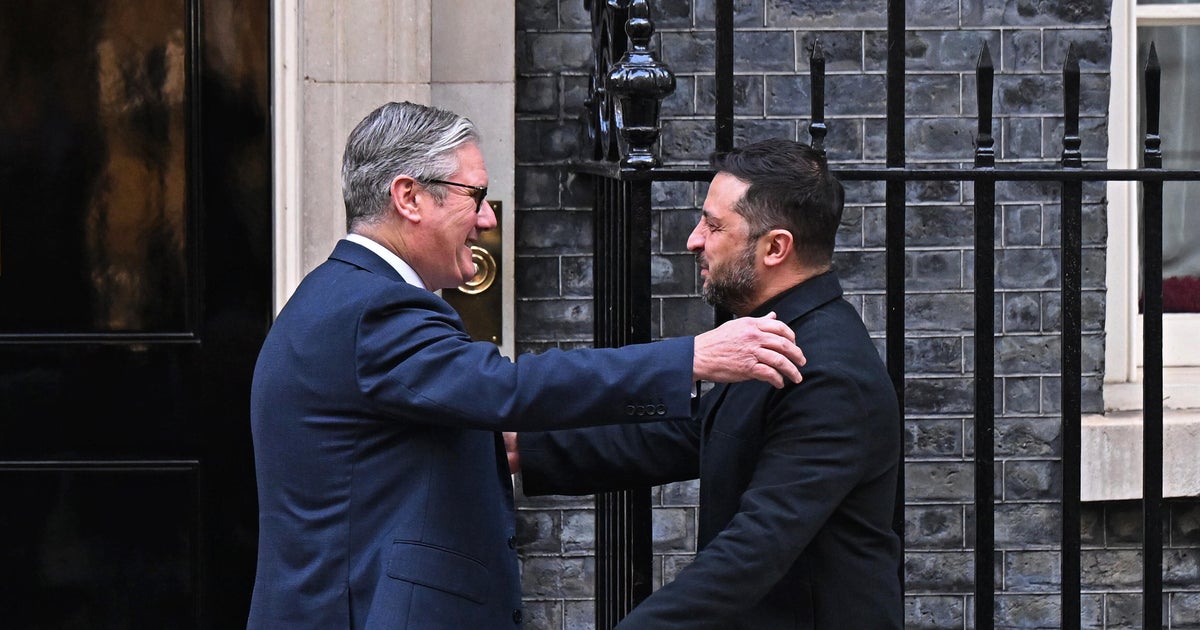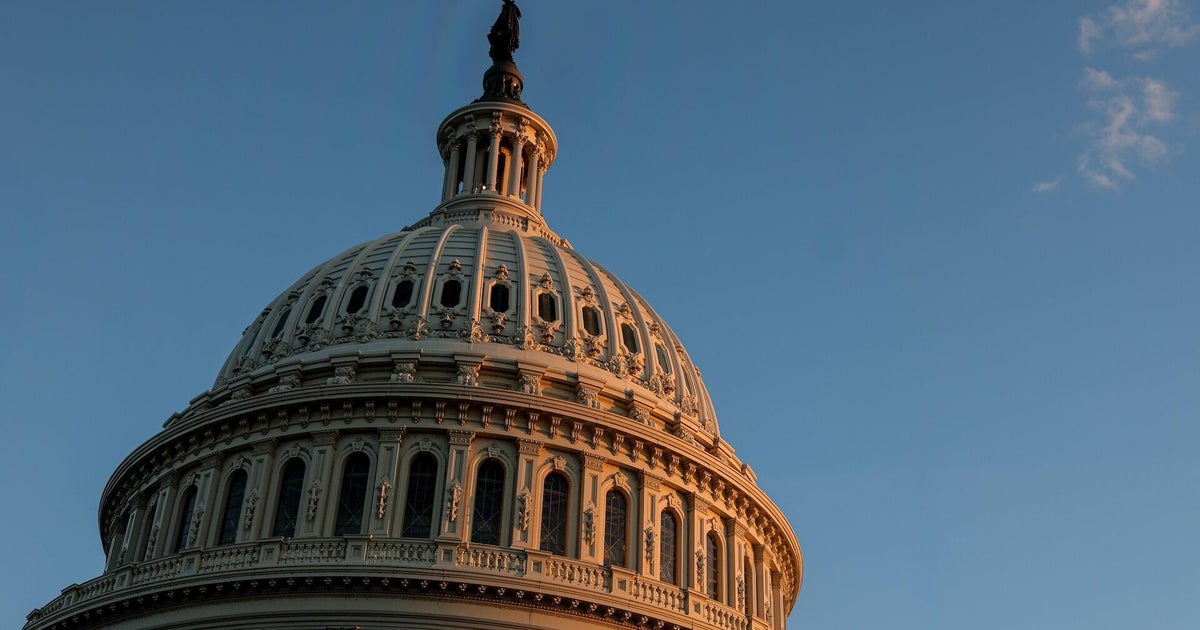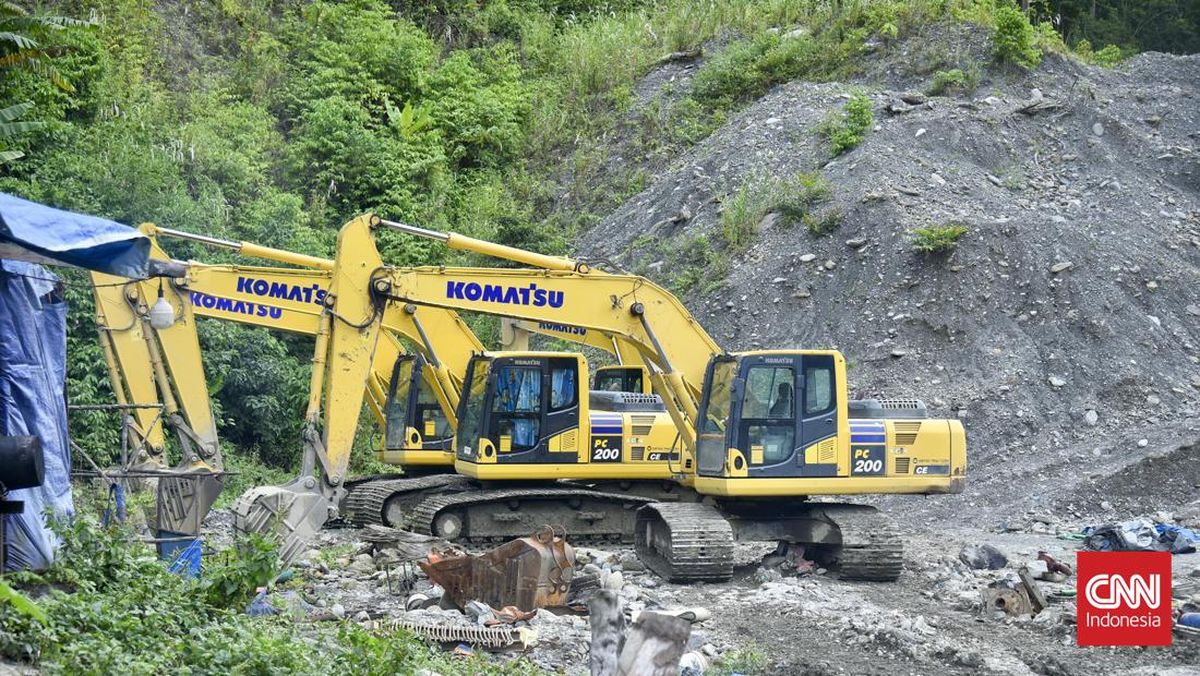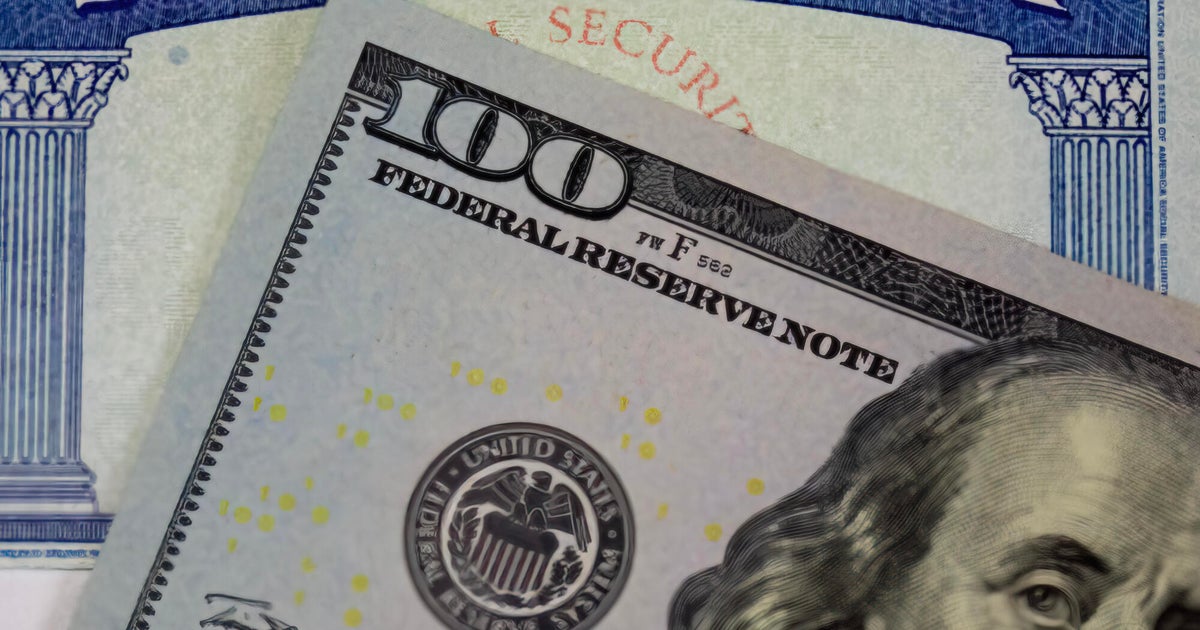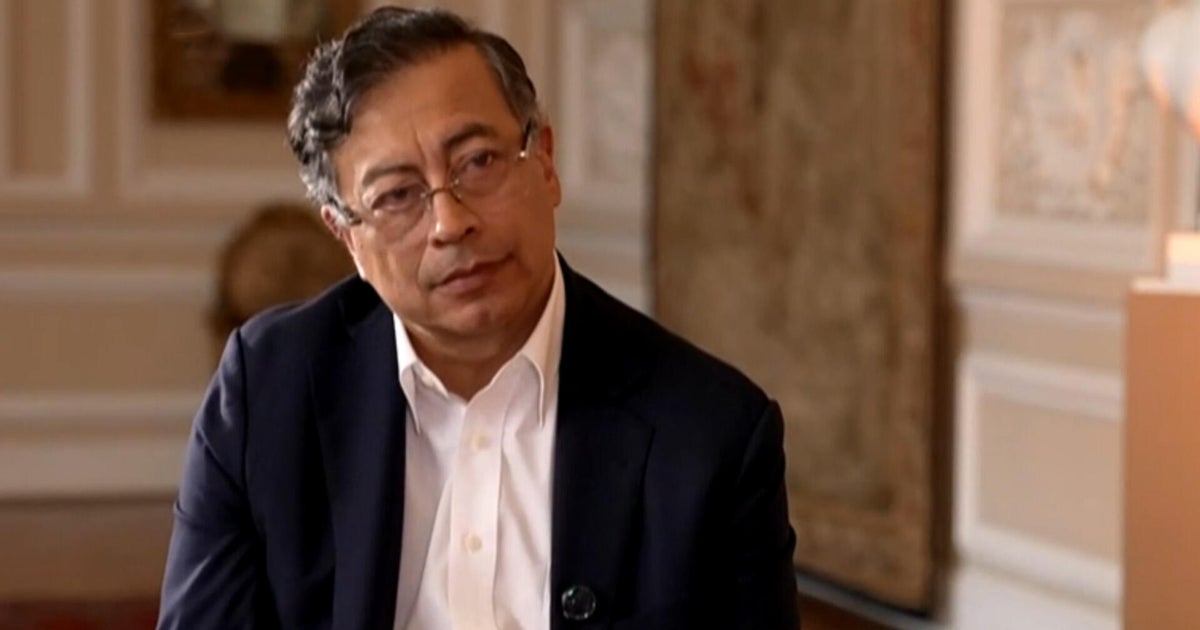Adrian BrowneWales political reporter

 PA Media
PA Media
Plaid Cymru's Lindsay Whittle was celebrating victory just after 02:00 when the result was declared
After a night of high drama in Caerphilly, Plaid Cymru is celebrating a stunning by-election victory.
Reform piled on the votes but suffered a setback after "throwing everything" at victory, only to finish second.
Labour is nursing its wounds after a truly appalling result, coming a poor third in a part of the world it has owned for more than a century.
As eyes turn to the full Senedd election in May, and the prospect of an exciting pre-election six months ahead, last night's result raises some key questions about what is clearly now a very different political world in Wales.
How did Plaid Cymru pull it off?

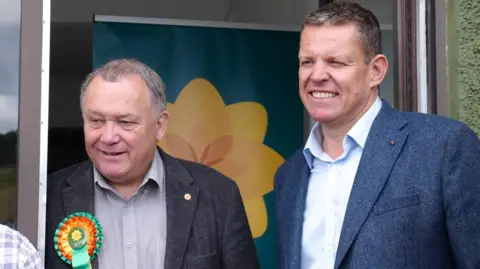
Lindsay Whittle and party leader Rhun ap Iorwerth presented Plaid as the alternative to Reform
It is difficult to overstate how ecstatic the party, and its leader Rhun ap Iorwerth, will be with Plaid Cymru's victory.
Labour may reasonably point out that Plaid has long had a presence here, but this was a Senedd seat the late Hefin David won with 46% of the vote in 2021 and a constituency that has always been Labour in Cardiff Bay and Labour-owned for more than 100 years at Westminster.
Plaid Cymru successfully presented itself as the vehicle for change from a deeply unpopular Labour UK government and a Welsh Labour party that's been ruling the roost since Tony Blair's landslide victory in 1997.
Aided by opinion polling showing Labour on the slide and Reform on the rise, Plaid Cymru was able to frame the by-election as straight choice between itself and Nigel Farage's party.
Plaid's challenge has long been to break out of its traditional Welsh-speaking heartlands in north and west Wales.
Parking the potentially divisive issue of independence for Wales, front and centre under previous leader Adam Price, has been part of the solution,
Ap Iorwerth is downplaying independence for now, promising to publish a plan for Welsh independence - but not within the first term of a Plaid-led government.
The party campaigned in this by-election for a better funding deal for Wales from Westminster, attracting jobs and improving healthcare - nothing to scare the horses.
Expect a similar approach for the 2026 election.
The momentum is clearly with Plaid Cymru now, the question is whether it can maintain that between now and May.
Where does Labour go from here?

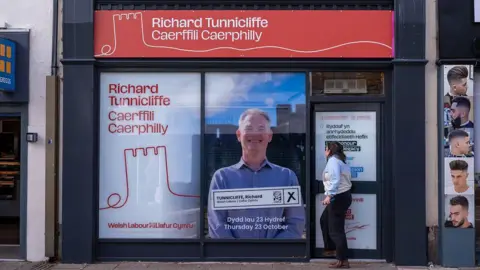 Getty Images
Getty Images
Labour candidate Richard Tunnicliffe had a dreadful night
The result for Labour's Richard Tunnicliffe is abysmal.
A Labour loss was widely expected, so a victory for the party would have been astonishing, but that does not diminish the significance or nature of this defeat.
There are, naturally, caveats. By-elections are frequently different beasts from full elections, Caerphilly voters might behave differently in just a few short months.
But this close to that full Senedd election, Labour appear to be in deep in the mire.
Crucially, last night's result goes with the grain of everything we have been hearing about the trouble Labour is in across Wales - from pollsters, voters, rival parties and even figures within the party itself.
Welsh Labour figures blame Sir Keir Starmer for their Caerphilly woes rather than First Minister Eluned Morgan.
They want more muscular efforts to distinguish her Welsh administration from his.
Others call for a "big retail offer" to capture voters' imagination come May.
It is beginning to look desperate. Could the real game be about limiting Labour losses, rather than expecting to be the biggest party in Cardiff Bay?
Might Labour's best hope be to win enough seats in six months time to give it the option of joining a Plaid-Labour Welsh government as junior partner, perhaps with some Greens and Liberal Democrats - a "progressive coalition" to keep Reform out?
How big a setback is the result for Reform?

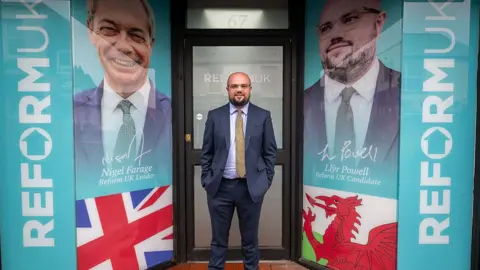 Getty Images
Getty Images
There was a huge swing to Reform's Llŷr Powell, but it was not enough
There are no prizes for coming second in first-past-the-post, but capturing 36% of the vote after winning just 2% in 2021 is no mean feat.
Reform UK is developing an increasingly sophisticated campaign machine and will have learned from this experience.
Interesting trends were at play in Caerphilly.
The Nigel Farage media show, when it comes to town is great at capturing attention and so it was here.
But did the Farage fireworks, appearing to dominate the discourse, in some ways, aid Plaid campaigners' efforts to urge Labour voters to back them to stop Reform?
Reform figures say they still expect to win the coming Senedd election.
Whether or not this is the case, anything like this result in May would mean a major Reform presence in Cardiff Bay under a new, proportional system.
What does Caerphilly mean for the Senedd election?

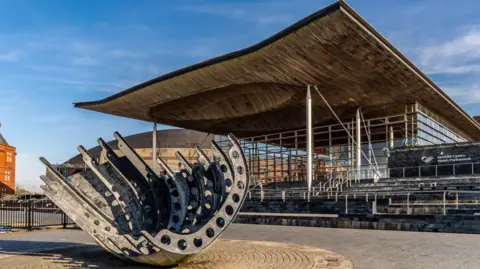 Getty Images
Getty Images
The contest for seats in Cardiff Bay looks set to be hotly contested
It is the start of what is likely to be the most exciting six months in Welsh politics most of us can remember.
The record turnout of 50.43% suggests that, when you introduce some jeopardy into the mix, voters do become engaged.
The message of change, mixed with some voters being motivated to back Plaid to stop Reform, proved the winning formula for Plaid Cymru this time.
Devolved elections, let's be frank, haven't been the most exciting experiences over the past couple of decades.
Whatever happens between now and May's Senedd election, it will not be boring!

 3 hours ago
2
3 hours ago
2


